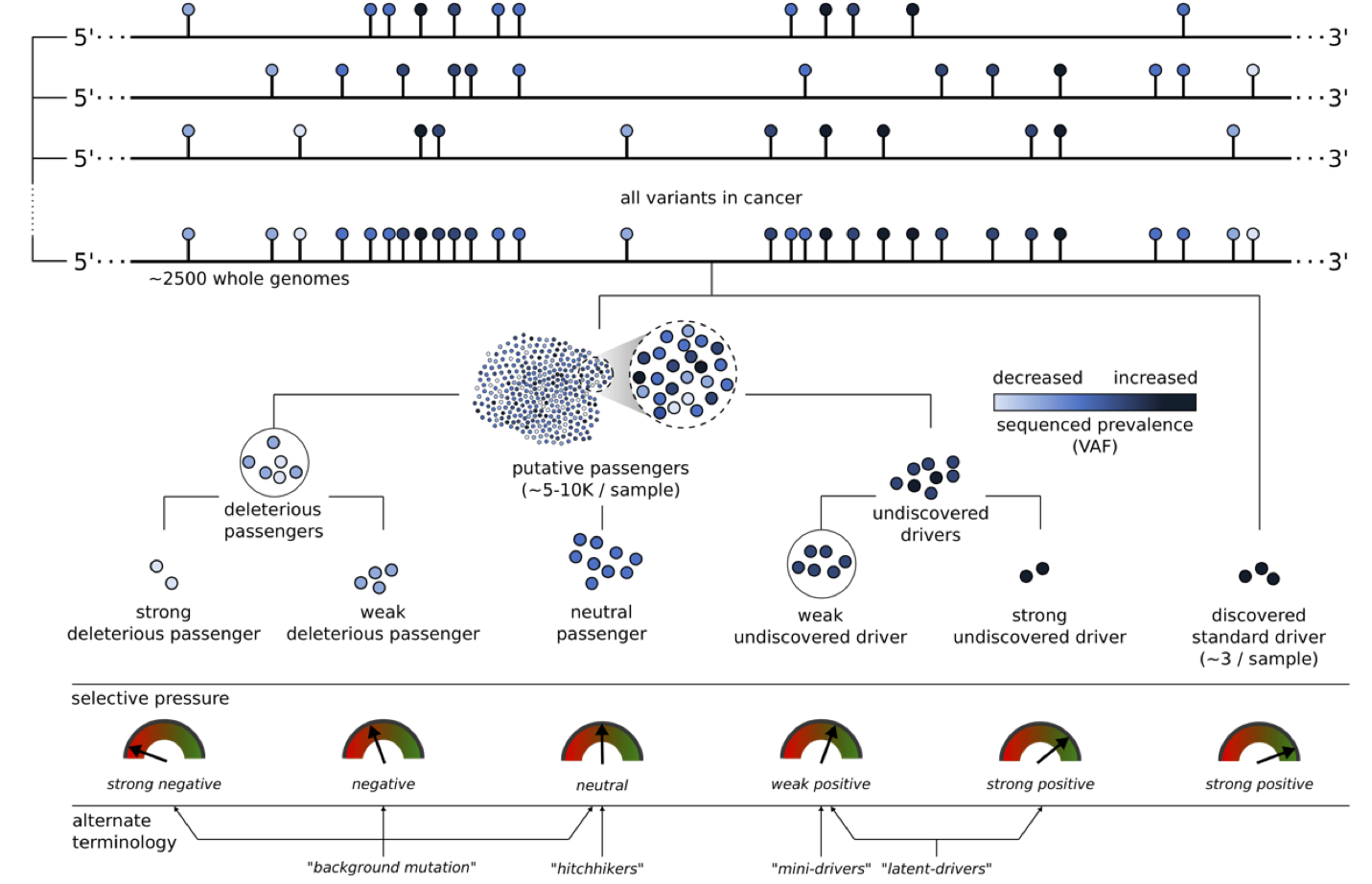Derived Datasets
Access to all files tagged as "controlled" is login-secured. These controlled dataset used in this publication are accessible to the research community as described under private data download guidleine
FunSeq ouput
FunSeq output for PCAWG mutations using PCAWG-specific data context(link to Synapse):
ALoFT ouput
ALoFt output for putative loss-of-function mutations in PCAWG (link to Synapse):
TF motif gain or loss enrichment files
-
P-value associated with gain-of-motif events in PCAWG (uniform background):
-
P-value associated with loss-of-motif events in PCAWG (uniform background):
-
P-value associated with gain-of-motif events in PCAWG (signature-corrected background):
-
P-value associated with loss-of-motif events in PCAWG (signature-corrected background):
Weak Drivers in PCAWG
-
List of weak driver elements in PCAWG:
Randomized PCAWG mutations
-
Simulated mutations (moatsim randomization):
-
Simulated mutations (broad randomization):
VAF-based heterogeneity scores
-
Coding mutations:
-
nonCoding mutations:
Signature Differences
-
SigProfiler based signature output:
-
SigAnalyzer based signature output:
